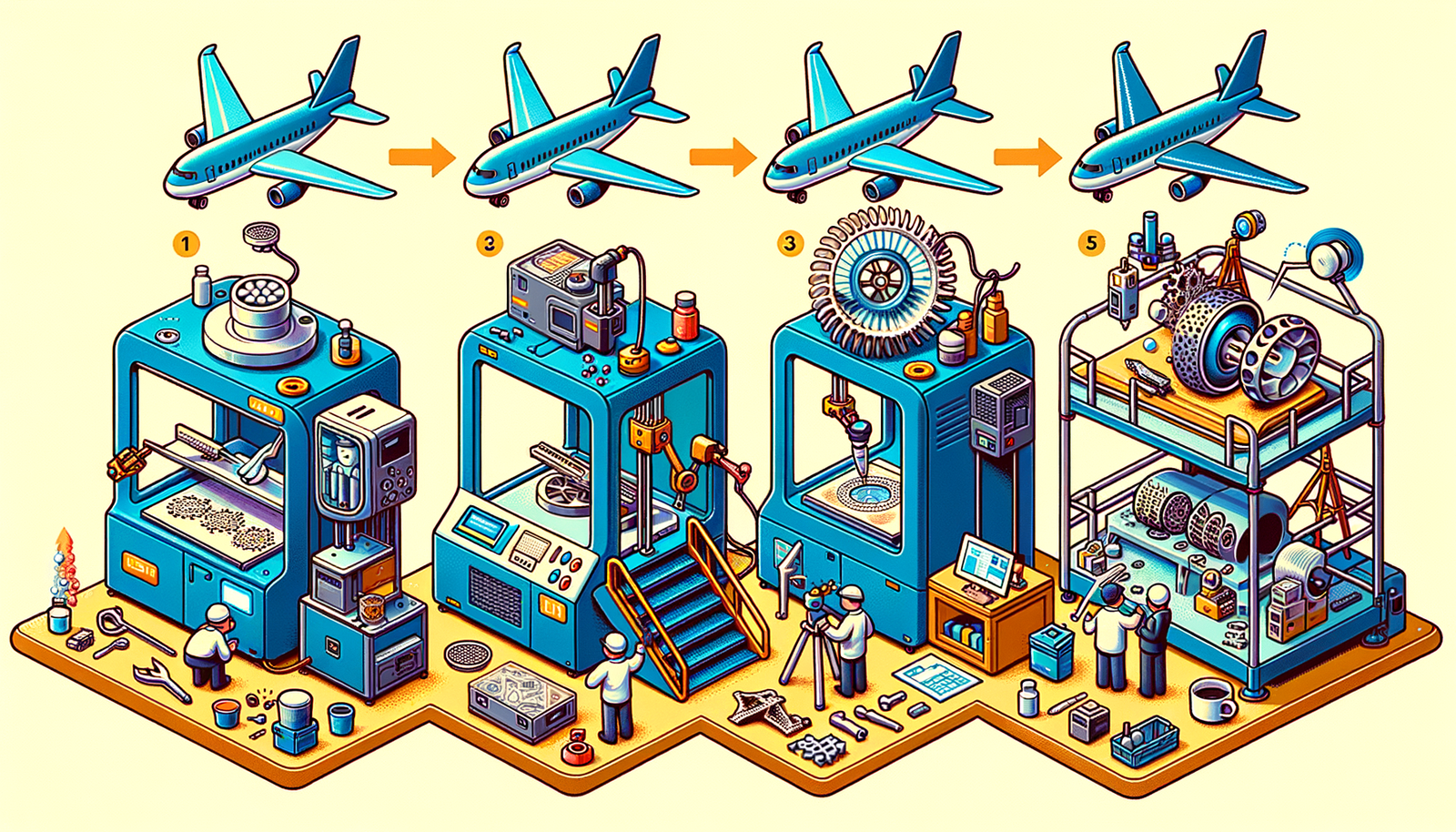Your Cart is Empty
Customer Testimonials
-
"Great customer service. The folks at Novedge were super helpful in navigating a somewhat complicated order including software upgrades and serial numbers in various stages of inactivity. They were friendly and helpful throughout the process.."
Ruben Ruckmark
"Quick & very helpful. We have been using Novedge for years and are very happy with their quick service when we need to make a purchase and excellent support resolving any issues."
Will Woodson
"Scott is the best. He reminds me about subscriptions dates, guides me in the correct direction for updates. He always responds promptly to me. He is literally the reason I continue to work with Novedge and will do so in the future."
Edward Mchugh
"Calvin Lok is “the man”. After my purchase of Sketchup 2021, he called me and provided step-by-step instructions to ease me through difficulties I was having with the setup of my new software."
Mike Borzage
Exploring the Transformative Impact of Blockchain on Design and Manufacturing Industries
July 14, 2024 3 min read


In today's rapidly evolving technological landscape, blockchain technology emerges as a cornerstone innovation, extending its influence far beyond its initial roots in finance, specifically within the realms of design and software engineering. This revolutionary technology, known for its decentralized, secure, and transparent nature, holds the potential to significantly transform the design and manufacturing industries.
Introduction to Blockchain in Design and Manufacturing
Blockchain technology, fundamentally, is a decentralized ledger of all transactions across a network. This allows the data to be managed and accessed by multiple stakeholders securely and in real-time, promoting trust, transparency, and efficiency. Initially popularized through cryptocurrencies like Bitcoin, blockchain has rapidly gained traction, finding applications across a variety of sectors including healthcare, supply chain management, and now, design and manufacturing.
Blockchain's Role in Enhancing Design Security and Intellectual Property Protection
One of the paramount challenges in the design sector is ensuring the security and integrity of intellectual property (IP). Here, blockchain can play a pivotal role. By leveraging blockchain, designers and creators can securely share their designs and IP with stakeholders without the risk of unauthorized access or duplication.
- Smart contracts, self-executing contracts with the terms of the agreement directly written into code, can automate and secure licensing agreements, ensuring creators are compensated fairly.
- While specific examples are numerous, the general consensus is that blockchain's ability to create immutable records makes it an ideal platform for protecting and managing IP rights.
Streamlining Supply Chain Management and Production
The design and manufacturing sector often grapples with the complexities of supply chain management, characterized by a lack of transparency and inefficiency. Blockchain provides a robust solution to these challenges:
- It introduces unmatched transparency and traceability in the supply chain, allowing all parties to access a single source of truth regarding the movements of goods and materials.
- This, in turn, helps in significantly reducing counterfeiting and ensures the authenticity of raw materials and components, critical for maintaining quality and trust in manufacturing.
Future Perspectives: Blockchain-Driven Innovations in Design and Manufacturing
Looking ahead, the potential applications of blockchain in design and manufacturing are profound and multifaceted. Notably:
- Blockchain could revolutionize design software capabilities, particularly in fostering collaborative platforms and enhancing version control, thereby streamlining the design process.
- In the sphere of additive manufacturing, or 3D printing, blockchain stands to improve file integrity and transaction security, making it easier and safer to share and monetize digital designs.
- Moreover, the adoption of blockchain can lead to more sustainable and ethical manufacturing practices, as it provides a transparent record of the environmental impact and ethical considerations of production processes.
Despite its potential, the journey towards widespread adoption of blockchain in design and manufacturing is not without challenges. Issues such as the need for significant computational resources, the complexity of blockchain technology, and the absence of industry-wide standards are notable barriers. Nonetheless, as these obstacles are gradually overcome, the integration of blockchain into design and manufacturing processes could herald a new era of innovation, security, and efficiency.
In conclusion, blockchain technology promises to redefine the paradigms of design and manufacturing. From enhancing IP protection and streamlining supply chains to fostering innovations in design software and additive manufacturing, its implications are far-reaching. As the industry continues to navigate the complexities of blockchain adoption, the focus should remain on developing standards and overcoming barriers to fully unlock the transformative potential of blockchain in design and manufacturing.
Also in Design News

Design Software History: The Evolution of 3D Printing in Aerospace: From Prototyping to Production
November 27, 2024 7 min read
Read More
Cinema 4D Tip: Optimizing Workflow with Team Render in Cinema 4D
November 27, 2024 2 min read
Read MoreSubscribe
Sign up to get the latest on sales, new releases and more …



